Alright – so today we’ve got the honor of introducing you to Henry Leor. We think you’ll enjoy our conversation, we’ve shared it below.
Hi Henry, thanks for joining us today. We’d love to hear about the things you feel your parents did right and how those things have impacted your career and life.
My parents never tried to pressure me into a specific career path. Both of my parents have artistic degrees (my mom studied tech theatre and my dad studied vocal music), but neither of them entered their field of study professionally. Both of them had parents who essentially told them to “get a real job”. So when I started expressing interest in the arts at a very young age, they were always supportive.
I remember my mom telling me stories of other parents questioning her about the various classes she put me in as a child. First it was figure skating and the questions were “Does he want to be a professional athlete?” Then it was drawing and it became “Is he planning to be an artist?” And then it was theatre and the inquiry shifted to “Is he going to try and make money as an actor?” My mom’s answer was alway the same: “Maybe, maybe not, but he enjoys it and wants to learn, so why should I stop him?”
That approach gave me the freedom to explore what I found fulfilling without feeling pressured to disregard it in favor of something more “real” or acceptable.
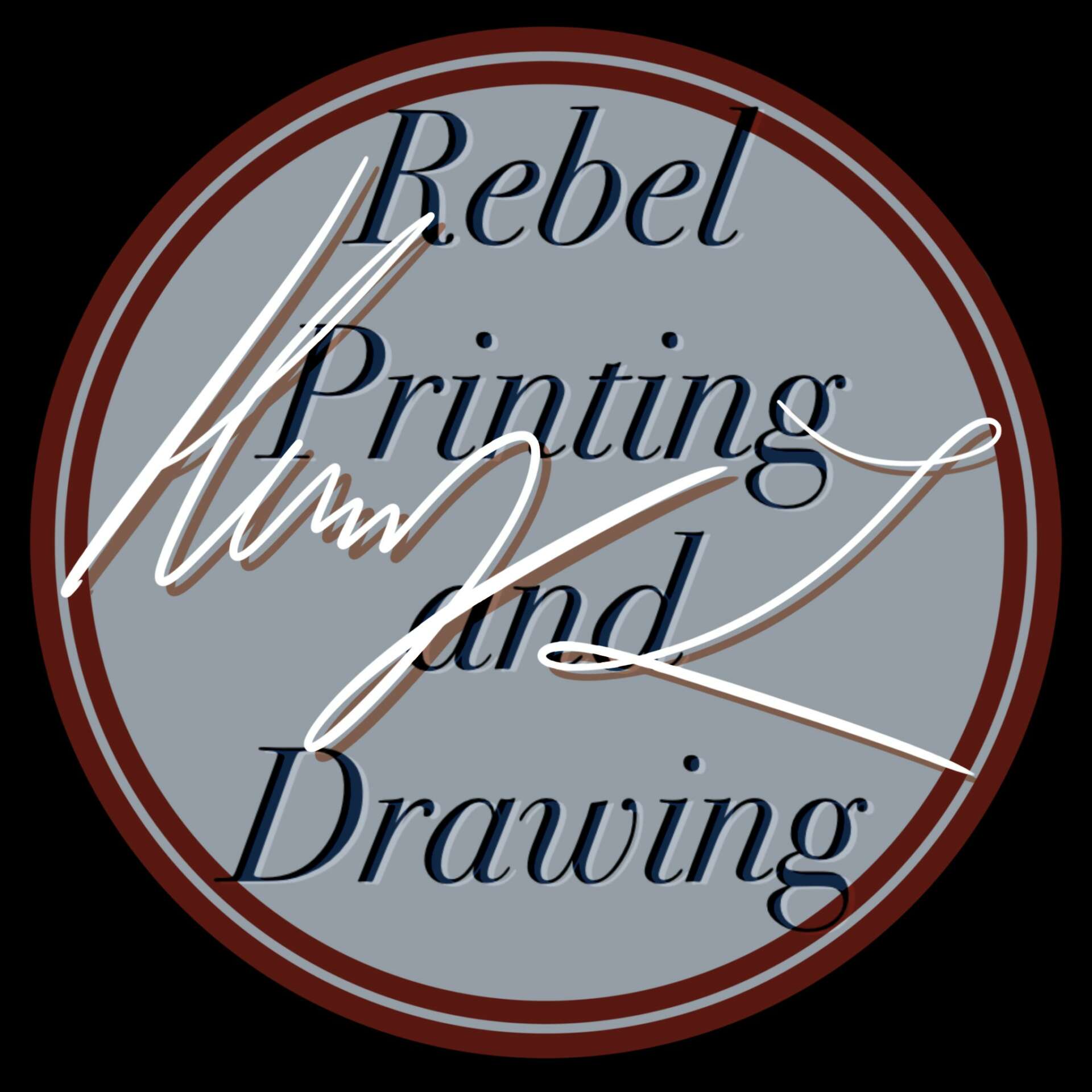
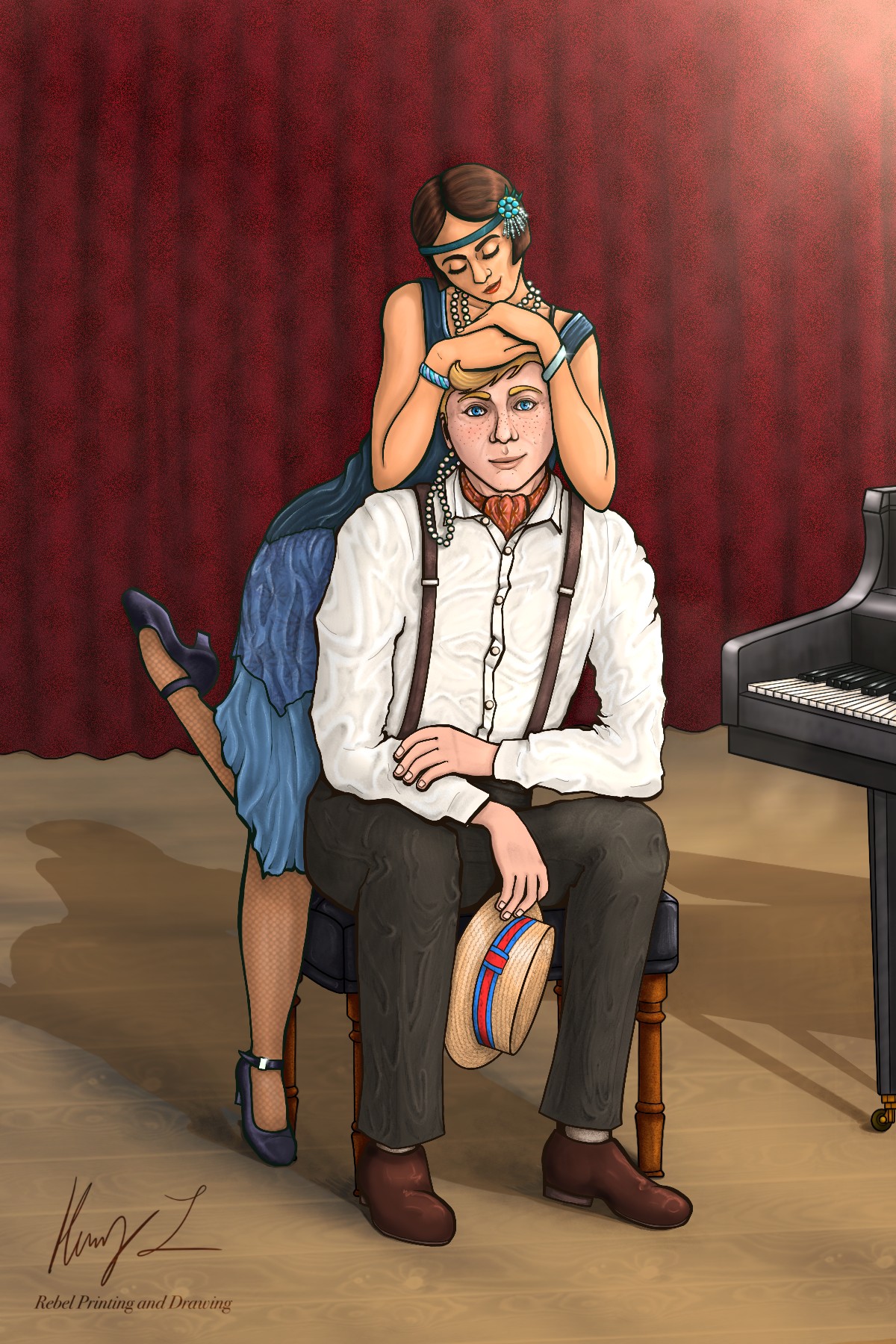
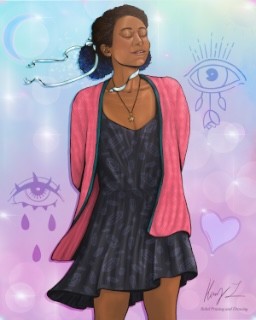

My name is Henry, I am a queer man in my late 20s, I am a hobbyist artist, and I hope to one day build a paramedical tattooing practice.
I have always believed in the healing power of art, both as a creator and an observer. I’ve spent my life immersed in art as methods of self expression and exploration. The arts that I’ve felt most drawn to are drawing, acting, and tattooing, but I haven’t been able to do much acting since college, so these days I’m focusing on drawing and tattooing.
I love the process of building an image layer by layer when I draw. It’s so rewarding to see the result of hours of work. The satisfaction of creating something from nothing is one of the best feelings in the world.
Tattooing is pure self expression. I was always the kid drawing on my arms in pen or sharpie, so it was no surprise to anyone that I started getting tattoos as soon as I turned 18. Some of my tattoos have meaningful stories behind them and some are just images I like. In addition to getting myself as decorated as possible, I also practice paramedical tattooing.
We often hear about learning lessons – but just as important is unlearning lessons. Have you ever had to unlearn a lesson?
Natural talent is not the only way to do good work.
Growing up, I always felt my art was lacking because no matter how much I enjoyed doing it, my drawings never turned out the way I wanted them to and didn’t look as good as work done by some of my friends. It didn’t help that a favorite narrative of books and movies is the kid with natural talent discovered by a mentor and taken under their wing, while the obnoxious side characters are usually the ones who have been working on their skills for years (look at any sports movie ever). Seeing this premise over and over taught me that if I was good enough, then someone would recognize it. If I had to ask for recognition, then I automatically did not deserve it because only the whiny background characters had to work for attention.
Believing this made me envious and bitter and when I got to high school I stopped drawing entirely.
I didn’t start again until half way through college. First it was doodles in some of my notebooks and then it became a way to keep my fidgeting hands busy during long weekly meetings when I worked as an RA. My work still didn’t look great at first, which was frustrating, but didn’t bother me as much as it used to. If the only purpose was to keep my hands busy, it didn’t matter if it didn’t look good. Over two years of those weekly two hour meetings, I eventually started to see improvement in my art. My senior year I took theater design as part of my major requirement and printmaking because I wanted to explore other art forms. Both professors were more focused on unique ideas than visual perfection. They wanted to know why I chose a specific subject and made sure I was using the necessary tools properly. That shift in focus allowed me the freedom to explore and experiment in ways I never felt comfortable doing before.
In the five years since I finished college, I’ve drawn almost every day and I’m still figuring out new ways to work. I am almost entirely self taught, so my methods are often different from other artists, but that gives me a unique perspective. I feel like I’m finally creating work I can be truly proud of and that work is the result of years of practice, experimentation, and trial and error, not innate talent.
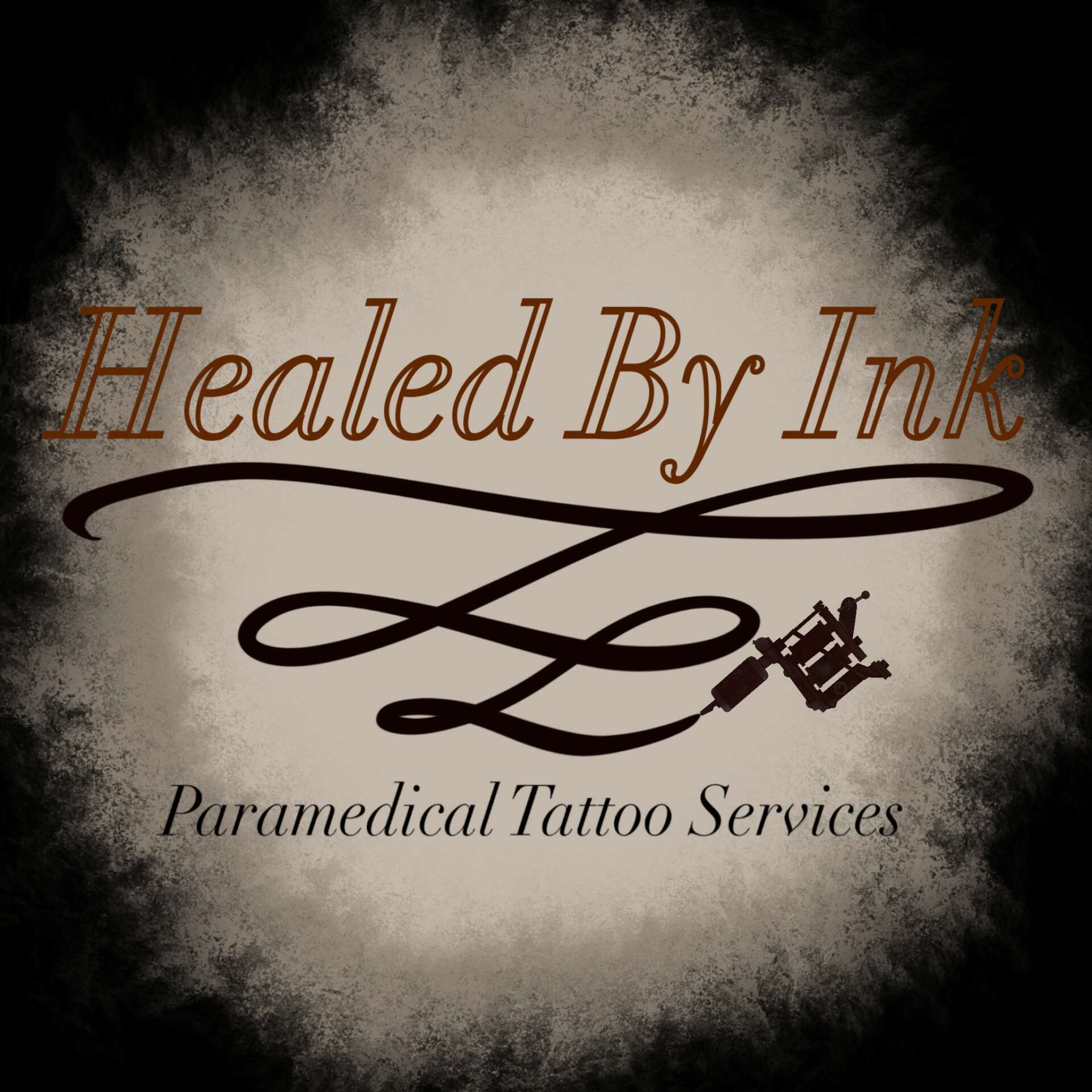


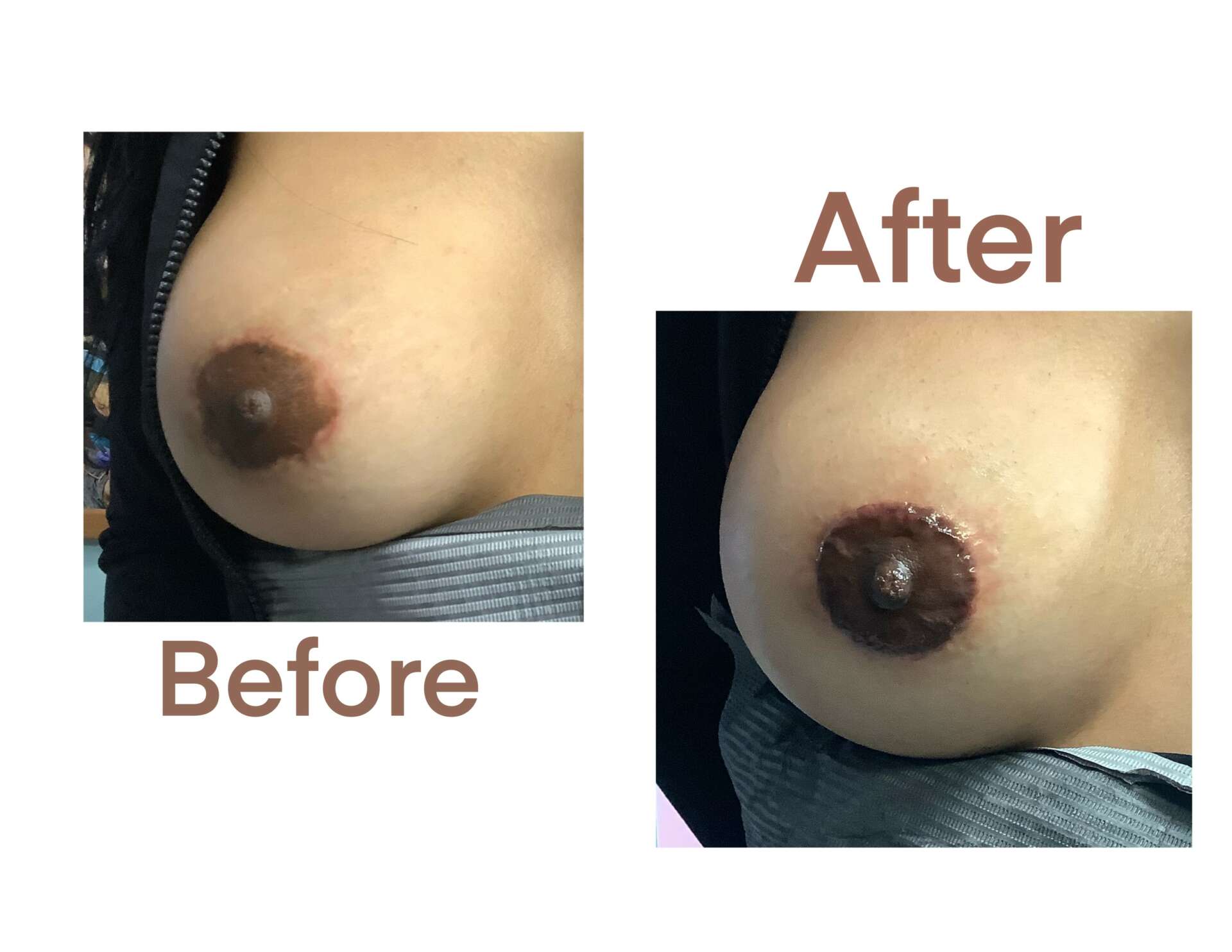
As always, we appreciate you sharing your insights and we’ve got a few more questions for you, but before we get to all of that can you take a minute to introduce yourself and give our readers some of your back background and context?
What do you think is the goal or mission that drives your creative journey?
My paramedical tattooing practice is called Healed By Ink, which nicely sums up my mission.
We don’t choose our bodies, and we can’t always choose what happens to those bodies. We get sick, we get hurt, we end up with scars. Some of us embrace the scars as part of our body’s story, some of us cover the scars with art to maybe replace an unpleasant memory with something beautiful, and some of us wish the scars would just go away. Or even the same person can feel all three about different scars.
Paramedical tattooing uses tattoo machines and pigments to camouflage discolored areas of skin, soften scar tissue, or even artificially replace things like nipples or eyebrows.
Depending on someone’s experiences and where they are in their healing journey, I want to be able to help them achieve their desired look and feel more comfortable in their skin.
Contact Info:
- Instagram: Rebelprintinganddrawing, healedbyink
- Twitter: Rebelartworks
- Other: Tumblr: rebelprintinganddrawing Email: [email protected], [email protected]
Image Credits
Personal photo: Lydia Paulos


